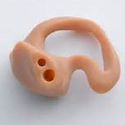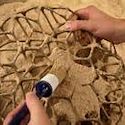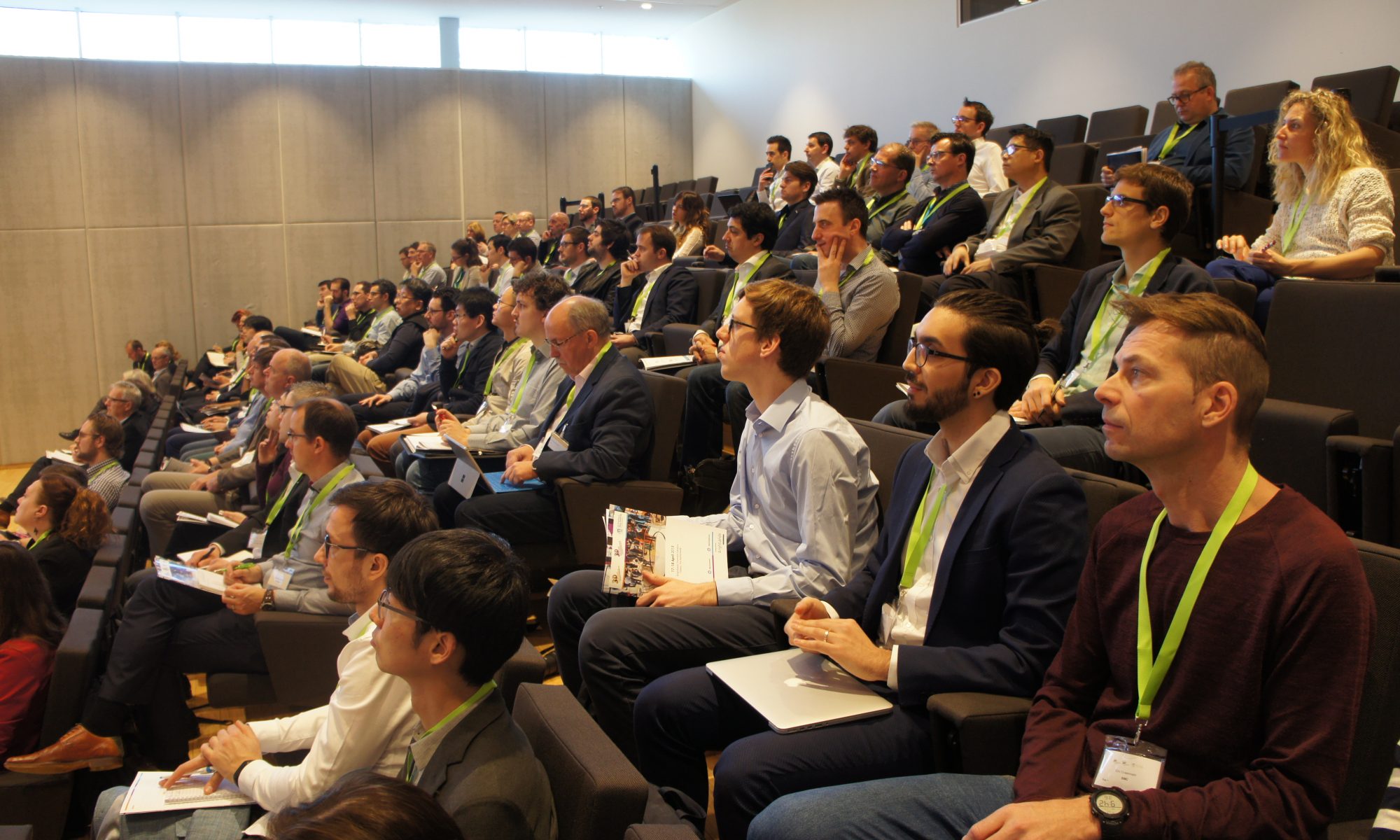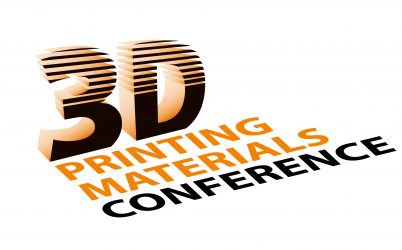![]() 3D printing is hot and has emerged as manufacturing technology with a thousand uses spread across a very diverse user base. The ongoing development of new materials does not only have impact on the quality of the 3D printed end product, it opens new markets and it has a positive influence on the price level of the used materials.
3D printing is hot and has emerged as manufacturing technology with a thousand uses spread across a very diverse user base. The ongoing development of new materials does not only have impact on the quality of the 3D printed end product, it opens new markets and it has a positive influence on the price level of the used materials.
The 3D Printing Materials Conference is a platform and information interface enabling an exchange of informations on market requirements, research interests and current results, skills and resources as well as facilitating the building of future partnerships. Academics, engineers, designers, and managers are invited to lecture on their state-of-the-art developments and future prospects or display their products and offers as exhibitor. The Conference covers the following topics:
- Polymers (New materials)
- Metals
- Multi material





Two day 3D Printing Event
The 3D Printing Materials Conference is part of the two day 3D Printing Event which covers the whole 3d printing / AM value chain from design to end product with four dedicated conferences plus one future looking conference, see below:
Recommended. 85% of the attendees of the previous edition would recommend the conference to colleagues or business relations.
Get social! Get informed about the conference and other 3D printing news by following Twitter, signing up for our newsletter, joining the LinkedIn group or following our Facebook group.
Data Rooms: Streamlining German Business Operations
Virtual data rooms have evolved into command hubs where contracts, financial models, and marketing assets converge without friction. Automated indexing replaces manual folder hunts, and granular permission sets cut approval cycles from days to minutes. In Germany, adoption surged after strict BaFin guidance pushed firms to prove document traceability. Providers responded with TÜV-audited encryption, geo-fenced servers in Frankfurt, and penetration testing that satisfies auditors. Prospects comparing German data room price lists should navigate past gigabyte rates and inspect the SLA footnotes linked on a German provider’s website to verify total cost and security guarantees.


